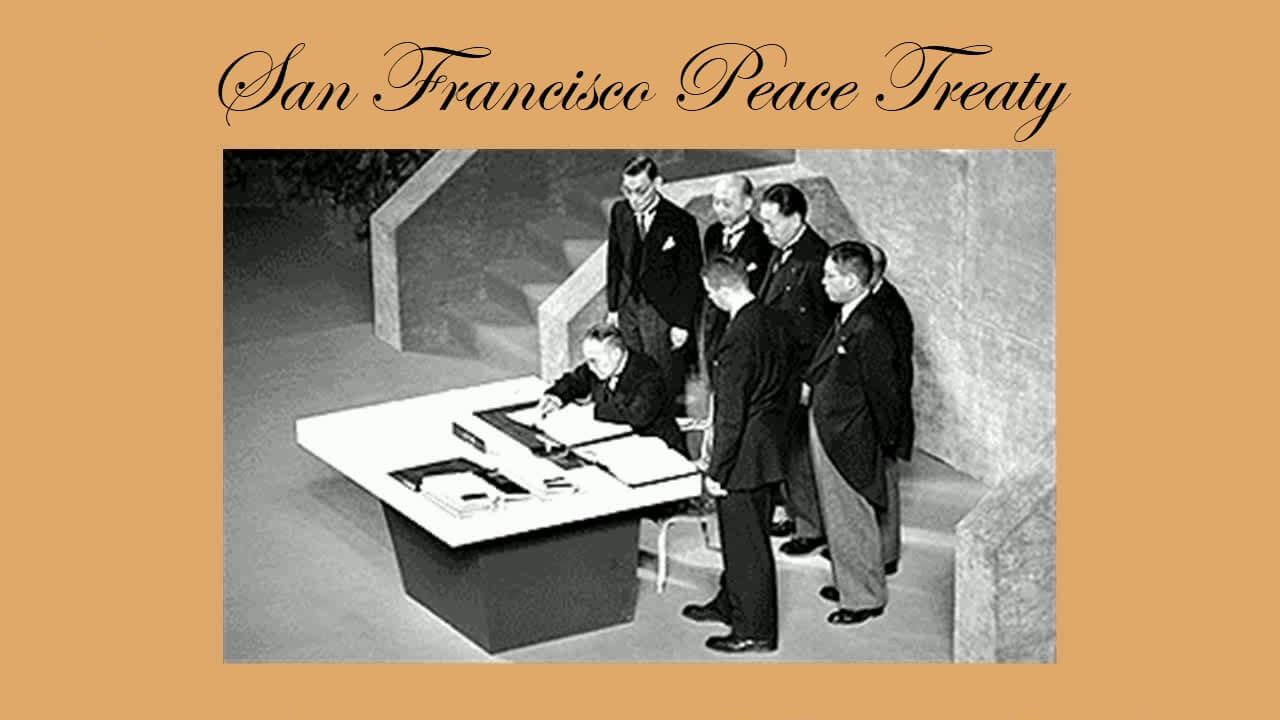

Under the US Constitution, the existence of the territorial category of "quasi-Trusteeship" was recognized by the Supreme Court as early as 1901.
Up to the present day, we can find three major examples in US history.
Cuba 1899 to 1902
Ryukyus 1952 to 1972
Taiwan 1952 to present

Further information on Trusteeships and quasi-Trusteeships is presented below.
A trusteeship is commonly defined as a territory whose administration has been entrusted to another country by the United Nations, under the authority of an individual trusteeship agreement.
From the US perspective, the US Constitution has a territorial clause (Art. 4, Sec. 3, Cl. 2) but no trusteeship clause. Nevertheless, the US Supreme Court has recognized the existence of trusteeship type arrangements over certain territory which has come under US military jurisdiction.
As analyzed in our series of three flowcharts, a US overseas "quasi-Trusteeship" has the following characteristics under US law:
Significantly, the above six characteristics are fully in line with international trusteeship practice and precedent.
A quasi-trusteeship may be defined as a territory whose administration is, to some significant degree, legally under the jurisdiction, supervision, or protection of another country, but without any formal individual trusteeship agreement in place.

Further comparisons between Cuba, the Ryukyus, and Taiwan are outlined below.
Cuba, the Ryukyus, and Taiwan all have the following fundamental attributes:
As described above, an overseas quasi-trusteeship is a non-sovereign entity.

The US Supreme Court has held that "international law is part of our law." The findings regarding US overseas "quasi-trusteeships" presented on this website are based on US constitutional principles and legal criteria, while at the same time giving full respect to international law.
Importantly, these are the standards which US officials must apply when dealing with the Taiwan question.
As a paramount concern, US officials should revamp their Taiwan policy to faithfully implement the contents of the 1952 Senate-ratified San Francisco Peace Treaty. To date, the contents of this treaty appear to have been completely ignored.
Specifically, it can be argued that there are no clauses in the SFPT, the Taiwan Relations Act (TRA), the Three Joint PRC-USA Communiques, the One China Policy, or any pronouncements or Executive Orders issued by the US Commander in Chief since the late 1940s up to today which can be interpreted (1) to authorize the operations of a Republic of China government structure in Taiwan, or (2) to respect the Republic of China Constitution as the true "organic law" of Taiwan.
While it may be true that a large portion of the international community continued to regard the ROC as the sole legal government of China after April 28, 1952, clearly the ROC cannot be recognized as the legal government of Taiwan after this date.
(1) in some significant sense or degree, (2) having such a resemblance to another thing as to fall within its general category [e.g. a quasi corporation, quasi-public agencies, a quasi trusteeship]
|
Quasi-trusteeship Q&A Q1: Is Taiwan's international legal status disputed? A1: Yes. However, what should be emphasized is that Taiwan currently fully meets the relevant qualifying criteria (as described above) to be recognized as a US overseas "quasi-trusteeship." Q2: Does being recognized as a US overseas quasi-trusteeship conflict with the goal of independent nationhood? Or is there any mutual contradiction? A2: The US overseas "quasi-trusteeship" is an area that can be managed and overseen by the US Congress. It is within the sovereignty of the United States, and within the jurisdiction of the United States. It is also an area under military government where the US President can advocate unilateral governance. Therefore, in accordance with the specifications of the US Constitution, whether the US Congress exercises administration over Taiwan, or the US commander-in-chief (that is, the President) exercises more exclusive military authority over Taiwan, the US Executive and/or Congressional officials have the authority to directly declare the actual and true international legal status of Taiwan (that is, the US Overseas "quasi-Trusteeship"). After several years, in accordance with the wishes of the people of Taiwan at that time, the United States (1) can further declare Taiwan as an official trusteeship of the United States. The prerequisite would be that the United States and Taiwan have signed a trusteeship agreement. Or, (2) can further declare a timetable for Taiwan to become an independent nation. With regard to the establishment of a new nation, the United States has precedents in the situations of the Philippines and Cuba. Q3: Does the US Congress currently exercise any administrative authority over Taiwan? A3: Yes. The 1979 Taiwan Relations Act is the most significant example of the US Congress' exercise of administrative authority over Taiwan. |
|
Return to
|